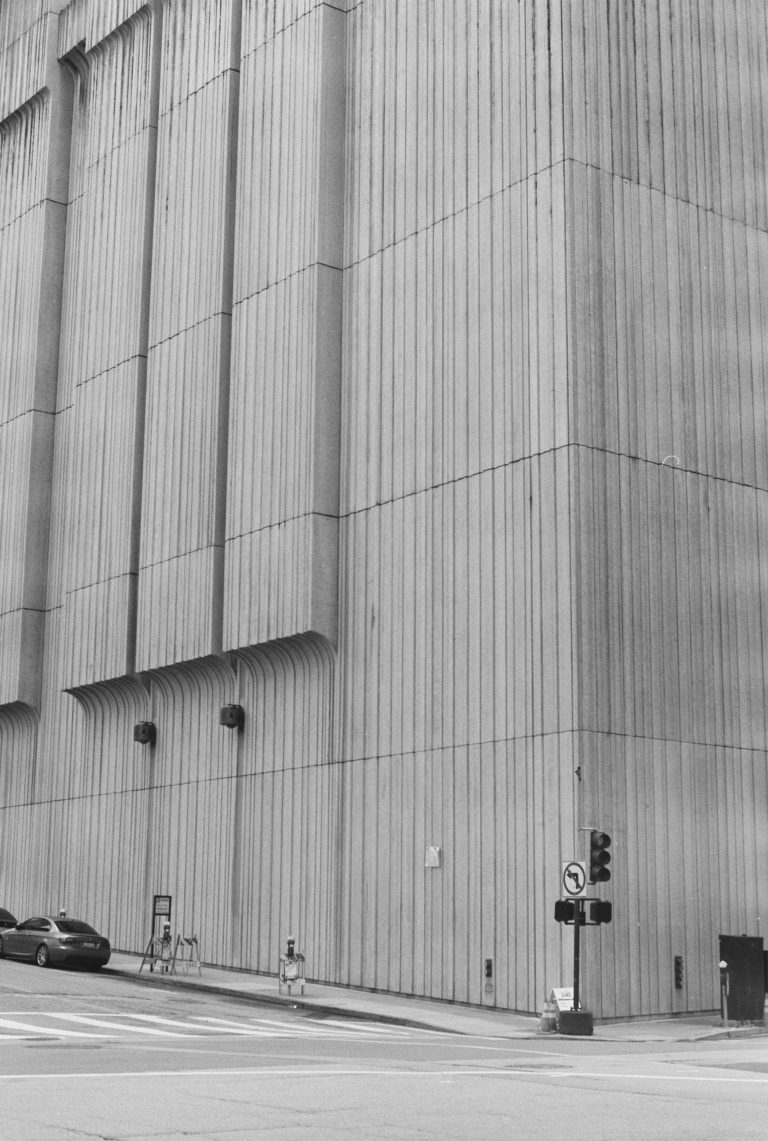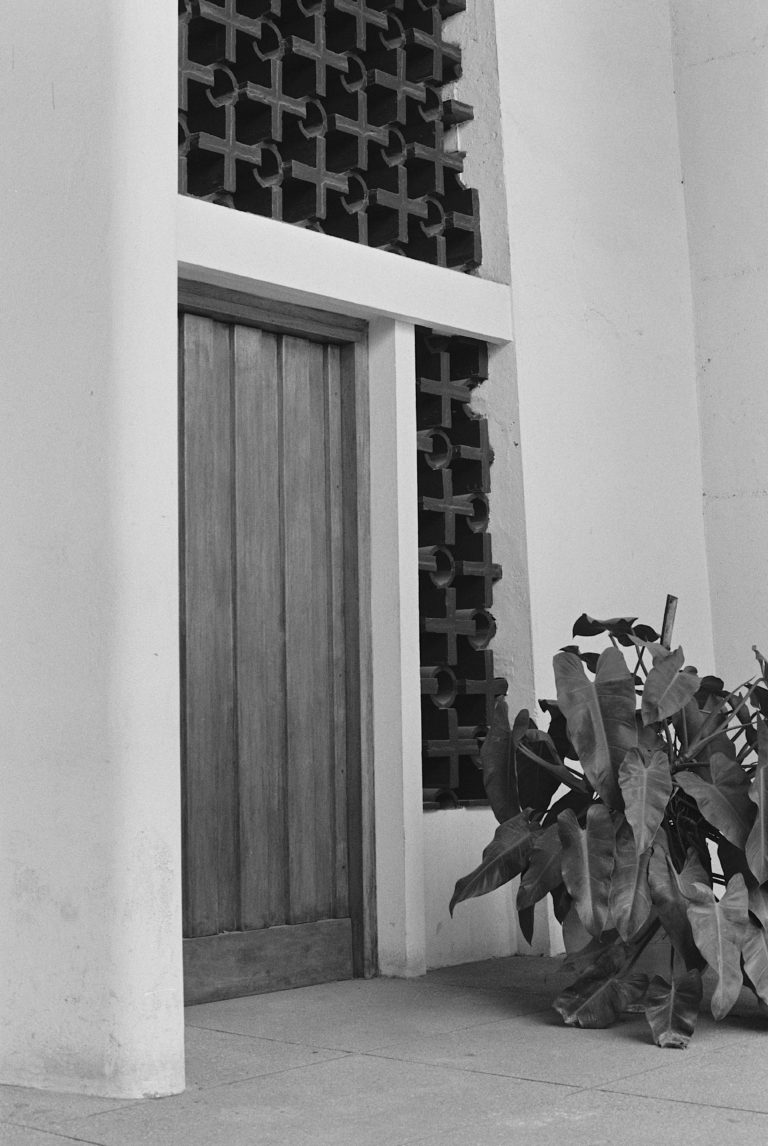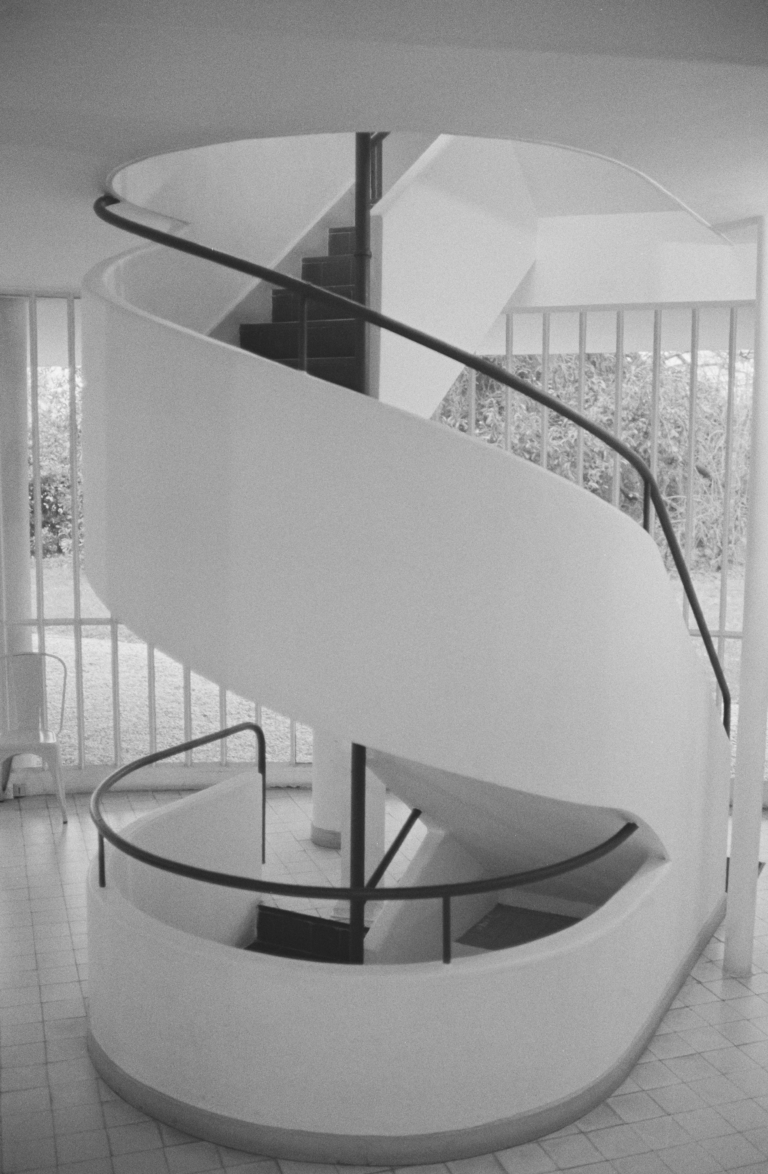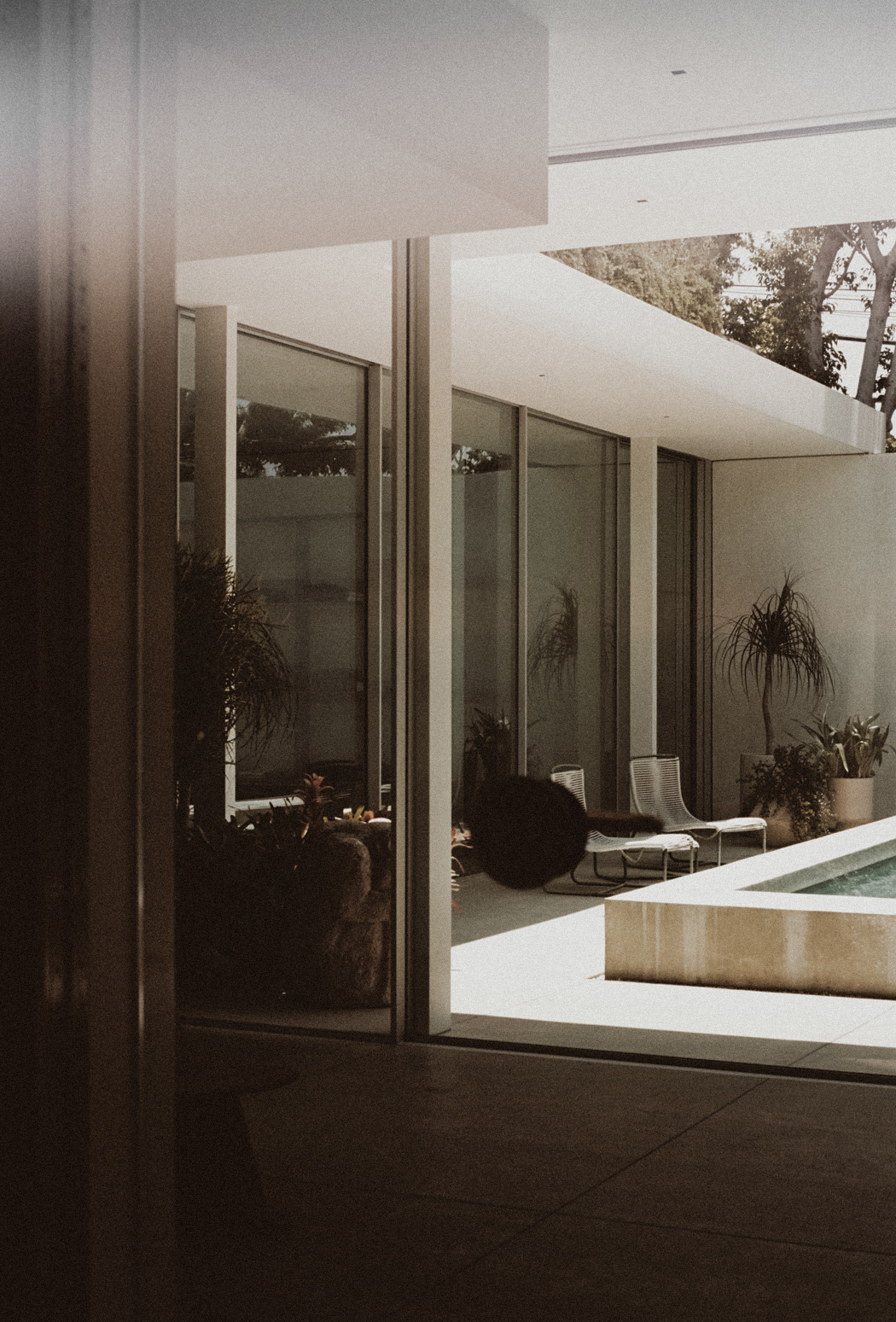TOKYO – OCTOBER 16th 2018
Hotel Okura
By Yoshiro Taniguchi
1962
![]()
Eine Reise zurück in die 1960er Jahre – in ein Tokio, das so ganz anders ist als das heutige. Bereits beim Betreten der Eingangshalle fühlt man sich wie in der Zeit zurückversetzt. Hier ist es ruhig. Und anders. Schwierig zu beschreiben. Die Luft ist schwer. Man merkt, dass das Interior alt ist. So wie alles hier. Die Zeit ist an diesem Ort definitiv stehengeblieben. Relikte findet man überall. So war vor einigen Jahren Leningrad noch auf der Zeitzonen-Karte im Eingangsbereich zu finden.
Doch was ist das für ein Ort? Der so unberührt über Jahrzehnte hinweg existieren konnte? Inmitten einer Metropole die so bunt und schnelllebig ist? Ein kurzer Exkurs in die Vergangenheit: Das Hotel wurde 1962 fertiggestellt. Zwei Jahre vor den olympischen Spielen in Tokio. Architekt Yoshiro Taniguchi kreierte zusammen mit den traditionellen Künstlern Shiko Munakata und Kenkichi Tomimoto ein Hotel, das es so in der Art in Japan zuvor nicht gab. In seinen Designs perfektioniert er klassisches japanisches Design und kombiniert dieses gekonnt mit 60er Jahre Modernismus und dem International Style. Eine Neuheit in Japan. Von Beginn an hat sich das Hotel Okura zu einer Institution entwickelt. Amerikanische Präsidenten residierten hier, die Drinks der ‘Orchid Bar’ wurden schnell zum Highlight der Stadt und irgendwie hatte dort alles immer Stil. Und das von Beginn an. Unterstützt wurde dies natürlich vom einzigartigen Design: Es ist nicht laut und ablenkend. Alles ist durchdacht und in warmen Erdtönen gehalten. Schlicht und anmutig. Aber auch beruhigend. Stille Ästhetik die einfach funktioniert. Natürlich ist der Look des Hotels etwas aus der Zeit gefallen. Aber genau dies ist der Fluch und Segen des Okuras zugleich: Wo findet man heute noch Personal in Uniformen mit Fliegen? Telefonkabinen in einer Lobby? Oder die Bezeichnung ‘Ladies Powder Room’? Vermutlich eine Seltenheit. Die nun auch bald in Tokio der Vergangenheit angehören wird: 2019 wird das Okura abgerissen und durch zwei Glastürme ersetzt. Eine Schande, wie ich finde. Eine Ära geht zu Ende und somit verschwindet auch ein wichtiger Teil des japanischem Modernismus.
A Tokyo time capsule – The Hotel Okura is definitely one of a kind. The historic place opened its doors in 1962 as a key moment in Japanese design. The look was new back then and is still very unique: Architect Yoshiro Taniguchi created a masterpiece and bridges traditional Japanese aesthetics with the perfect shift to western modernism. The Hotel Okura – A place that remained largely untouched for more than five decades. But what makes this place so special? It’s the mood. The interior. The furniture and the overall nostalgia of this hotel. Visitors can still walk into the main building and dive into the atmosphere of 1960s Tokyo. Remnants are everywhere. Like a map with a Seiko clock, displaying several time zones of the world, which still included Leningrad some years ago. The main lobby is truly a gem with hanging hexagonal pendant lights, mosaique walls and dark wood everywhere. The lobby attendants wear the uniforms and even sometimes kimonos with unselfconscious ease. The main appeal of the Okura is also its biggest problem: everything seems to be stuck in time. Next year the main building will be teared down for a more contemporary glass construction. A big loss of one of the most beautiful post-war buildings in Asia.




